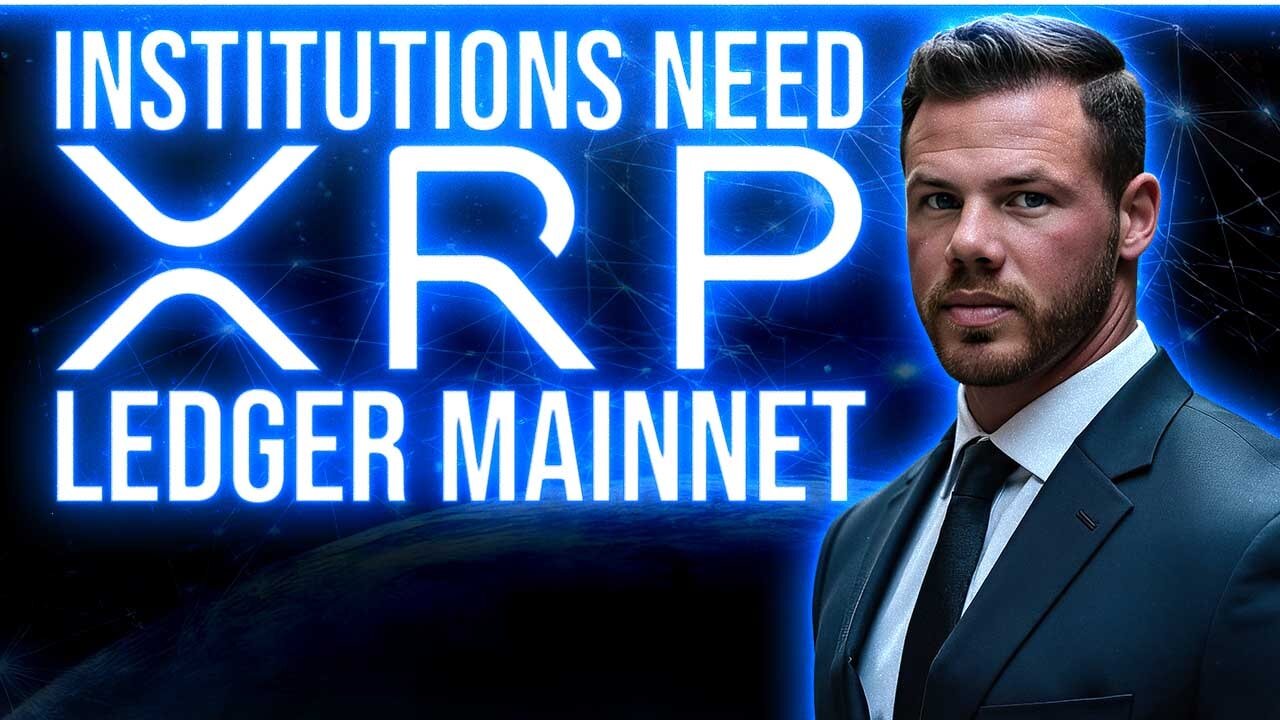Premium Only Content

Banks NEED XRP Mainnet Despite Private Ledgers | Sidechains, CBDCs & Cross-Chain Bridges Explained
Join my private community at https://www.beyondbroke.com and get a free month trial with the code BEYONDBROKE1MO
Even though banks and financial institutions can use private ledgers, they still end up needing the XRP mainnet to hit the kind of efficiency and cross-border compatibility that large-scale operations tend to require. Private ledgers are usually treated more like secure sandboxes...useful for internal testing and limited use cases—but they don’t offer the broader liquidity and international reach that the public mainnet brings to the table.
Take CBDCs from countries like Japan, Brazil, and Argentina, for example. These digital currencies rely on XRP as a kind of neutral middle-ground asset when settling payments between different national systems. They use tools like XLS-38 sidechains and bridging tech that allow private networks to sync up with the public chain, creating a system where value can move smoothly between very different financial structures. That’s something stablecoins generally can’t do, since they’re often stuck within the rules of specific jurisdictions and don’t have the same flexibility.
The rollout to institutional use hasn’t been rushed, either. Big banks have been working with this tech for over ten years now, slowly testing and adjusting before moving closer to full-scale mainnet adoption. To actually make this system work on a global scale, XRP would need to reach a price high enough to support deep liquidity for very large transfers. That kind of demand isn’t coming from hype—it’s based on what the system actually needs to run properly.
Ripple’s broader idea—building an “internet of value” where CBDCs, stablecoins, and other digital assets can all link up across borders—relies on this mix of closed testing systems and open public infrastructure. As more institutions build out their operations and start linking their private sidechains to the public mainnet, demand for XRP in higher denominations will likely grow out of necessity. At that point, understanding the gap between the utility of the XRP protocol and the actual value of the token itself becomes a key part of figuring out its role as an investment.
-
 1:59:11
1:59:11
Jake Claver
1 month ago $0.67 earnedJake Claver Live - XRP & Digital Assets Q&A Livestream
482 -
 3:26:25
3:26:25
Joe Donuts Live
6 hours ago🟢 Lost in Space with My Clones: The Alters Adventure Begins
32K3 -
 7:20:22
7:20:22
Dr Disrespect
14 hours ago🔴LIVE - DR DISRESPECT - TRIPLE THREAT CHALLENGE - WINNING AT EVERYTHING
217K12 -
 2:35:33
2:35:33
Chrono
7 hours agoBirthday-eve Stream | Helldivers II
27.7K1 -
 54:40
54:40
BonginoReport
1 day agoLABOR DAY SPECIAL! The Best of Nightly Scroll - Nightly Scroll w/ Hayley Caronia (Ep.124)
134K15 -
 2:39:21
2:39:21
Joker Effect
5 hours agoReviewing the downfall of Kick Streaming. Kick streamers welcome to Rumble! Stake bombshell found!
36.9K1 -
 1:06:10
1:06:10
Russell Brand
14 hours agoThe Greatest Lie Ever Told? - SF625
100K116 -
 3:25:13
3:25:13
elwolfpr
7 hours agoBlack Ops 6: Rise of the Relentless
14.2K1 -
 LIVE
LIVE
Phyxicx
5 hours agoChillin - For The King - 9/1/2025
14 watching -
 LIVE
LIVE
Spartan
11 hours agoNew Game+ on E33, then back to Halo Grind
40 watching